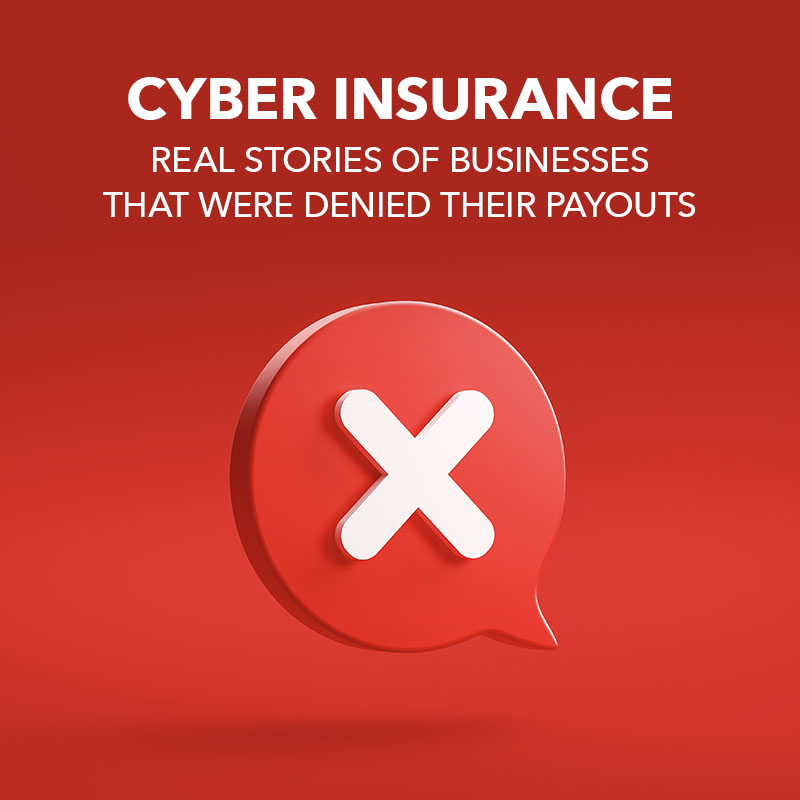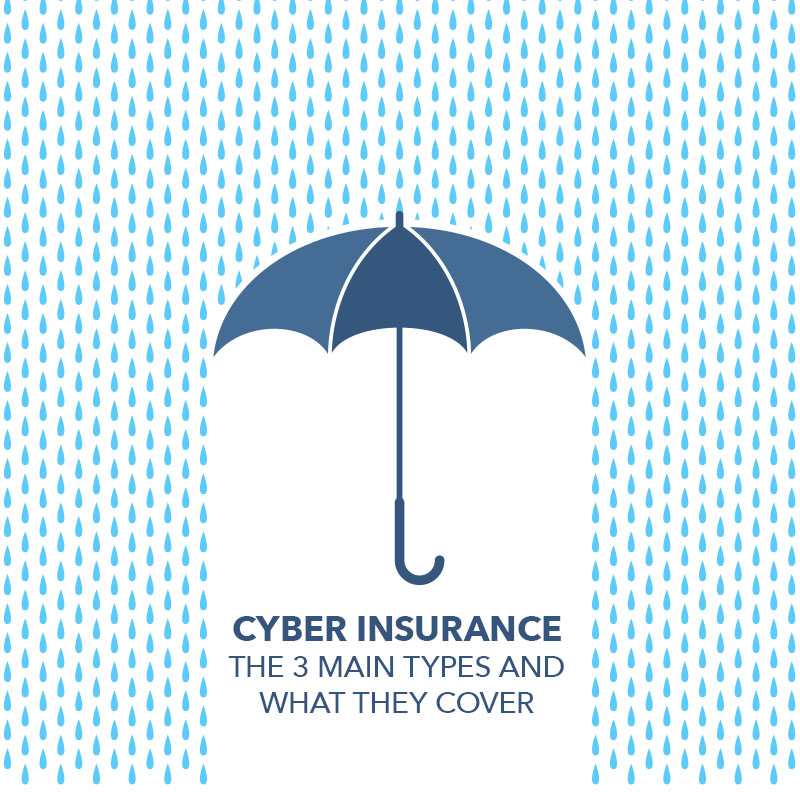Appalachia Technologies Blog
Phishing scams remain one of the most prevalent and successful types of cyberattacks today, so being aware of the danger they pose to businesses like yours is extremely crucial. Your business could easily be the next victim if you don't clearly understand how threat actors leverage phishing emails.
In this blog, you'll learn the intent behind phishing emails, the various types of phishing attacks, and most importantly, how you can secure your email and business.
In today’s rapidly evolving threat landscape, employee cybersecurity training is crucial. It acts as the frontline defense against cyberattacks, empowering your workforce to identify and mitigate potential threats. However, to ensure the effectiveness of your training program, you should take all the steps necessary to avoid common mistakes that can undermine your efforts.
In today’s fast-paced and digitally driven world, the demands placed on the IT infrastructure of businesses like yours are ever-increasing. To meet these challenges head-on, embracing outsourced IT services and entrusting your technological needs to an expert third-party provider is the best option. By partnering with these specialists, you can tap into a wealth of knowledge, experience and cutting-edge technologies that might otherwise be challenging to obtain in-house.
Artificial intelligence (AI) can help organizations like yours gain an edge in today's highly competitive business landscape by increasing efficiency, productivity and profitability. You can improve customer service, enhance marketing efforts, optimize inventory management, streamline sales processes and more.
Your software is only as good as its last patch. Reaching End of Life (EoL) or End of Service (EoS) means critical patches and updates are no longer available, leaving you vulnerable to various problems.
Some make the mistake of not rushing to upgrade the software because it is still functional. However, outdated software can lead to security risks, data loss, compliance issues, and more.
In this blog, we will discuss the primary implications of running outdated software and explain why it’s crucial to take action when your software reaches EoL or EoS.
 When a software or hardware product reaches its End of Life (EoL) or End of Service (EoS), it's no longer supported by the manufacturer. This can be a cause of concern for organizations like yours because unsupported technologies have no routine internal security measures or support from the manufacturer.
When a software or hardware product reaches its End of Life (EoL) or End of Service (EoS), it's no longer supported by the manufacturer. This can be a cause of concern for organizations like yours because unsupported technologies have no routine internal security measures or support from the manufacturer.
The good news is that there are steps you can take to mitigate the risks that come with EoL software/hardware and protect your business. Read on further to learn about them.
It' s crucial to keep all software and hardware up to date to maintain optimal security. If you don’t, cybercriminals can easily infiltrate your network and the chances for downtime increase significantly. However, many businesses don't realize that expired software/hardware can actually be one of the most prominent security risks hindering their success.
s crucial to keep all software and hardware up to date to maintain optimal security. If you don’t, cybercriminals can easily infiltrate your network and the chances for downtime increase significantly. However, many businesses don't realize that expired software/hardware can actually be one of the most prominent security risks hindering their success.
Time flies when you’re having fun, which is an accurate depiction of the last three days at the Zero Trust World conference in Orlando, Florida. There is quite a buzz going through the air about ThreatLocker after they announced their new endeavor, ThreatLocker Ops, which is their first foray into cyber attack detection. The ThreatLocker booth is hard at work answering questions and fielding requests to beta test the product. Not to mention their cool cash machine that new clients get to spend 30 seconds in to grab as much money as possible! It has been fun to watch.
All flights, regardless of the airplane, encounter some form of turbulence. A wise person (my mother) once told me before my first flying experience that just because there is some shaking and bouncing on the flight, to not worry, because it is all part of the glory of flying. This of course came on the heels of overwhelming news coverage of a plane crash in Charlotte, North Carolina that was caused due to wind shear and turbulence. Needless to say, I was anything but calm until I got into the air and witnessed the majesty of the earth from 37,000 feet. Day two of ThreatLocker’s Zero Trust World conference had a very similar theme.
 3…2…1... We have lift-off! Zero Trust World 2023 has officially launched and is coming to you from the Omni Champions Gate Resort in Orlando, Florida. Seated in a dark ballroom with a blue ambient light cascading throughout the room like the aurora borealis, I took in the events of the morning with splendor. The National Ballroom is the main stage where the morning’s activities took place. I don’t want to just bring you the information, but I want you to feel like you are here sitting beside me at the round table. No stone was left unturned at the event. As I sat at my table before the speakers even began, I was mesmerized by the exuberance and excitement pulsating through the room. If I were to close my eyes and just absorb the auditory environment, I would have assumed that I was at a trendy nightclub with upbeat music pulsating through the air.
3…2…1... We have lift-off! Zero Trust World 2023 has officially launched and is coming to you from the Omni Champions Gate Resort in Orlando, Florida. Seated in a dark ballroom with a blue ambient light cascading throughout the room like the aurora borealis, I took in the events of the morning with splendor. The National Ballroom is the main stage where the morning’s activities took place. I don’t want to just bring you the information, but I want you to feel like you are here sitting beside me at the round table. No stone was left unturned at the event. As I sat at my table before the speakers even began, I was mesmerized by the exuberance and excitement pulsating through the room. If I were to close my eyes and just absorb the auditory environment, I would have assumed that I was at a trendy nightclub with upbeat music pulsating through the air.
 Cyber insurance is a type of insurance that protects businesses from financial losses that can result from a cyberattack. While it’s an essential tool for businesses of all sizes, there are some facts you should be aware of before purchasing a policy.
Cyber insurance is a type of insurance that protects businesses from financial losses that can result from a cyberattack. While it’s an essential tool for businesses of all sizes, there are some facts you should be aware of before purchasing a policy.
I’m going to throw some names out at you: Target, Uber, Colonial Pipeline, Equifax, Twitter. I’m sure most, if not all of you know these household names… maybe with the exception of Colonial Pipeline. I myself had never heard of them until I was sitting in my car in line to get gas while vacationing in the Outer Banks of North Carolina. On the radio was playing the news of how Colonial Pipeline had suffered a severe network breach that allowed an attacker to launch ransomware on their systems, shutting down their fuel transmission operations to the Southeastern United States. Which by sheer luck, I happened to be in that neck of the woods and got to experience my first-ever gas shortage. All I knew was I needed gas, or I wasn’t going to be able to leave the beach! Wait… how is that a bad thing? I digress.
 As the world becomes more digitized and cybercrime increases, the need for cyber insurance is something businesses should not overlook. If your company handles, transmits or stores sensitive data, you need to know about cyber insurance.
As the world becomes more digitized and cybercrime increases, the need for cyber insurance is something businesses should not overlook. If your company handles, transmits or stores sensitive data, you need to know about cyber insurance.
 When looking for cyber insurance for your small business, you may find it hard to navigate technology and insurance jargon. There are even different types of cyber coverage and you might not be sure what you need because you’re not a cybersecurity expert. Plus, once you do have coverage, there’s always the risk of not receiving a payout in the event of an incident if you didn’t meet your policy’s requirements.
When looking for cyber insurance for your small business, you may find it hard to navigate technology and insurance jargon. There are even different types of cyber coverage and you might not be sure what you need because you’re not a cybersecurity expert. Plus, once you do have coverage, there’s always the risk of not receiving a payout in the event of an incident if you didn’t meet your policy’s requirements.
 As the world increasingly moves online, so do the risks to our businesses. Cyber insurance is one way to help your business recover following a cyberattack. It covers financial losses caused by events such as data breaches, cyber theft, ransomware, and more.
As the world increasingly moves online, so do the risks to our businesses. Cyber insurance is one way to help your business recover following a cyberattack. It covers financial losses caused by events such as data breaches, cyber theft, ransomware, and more.










